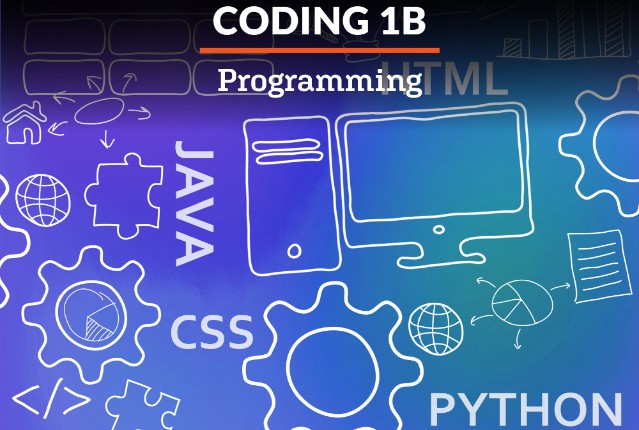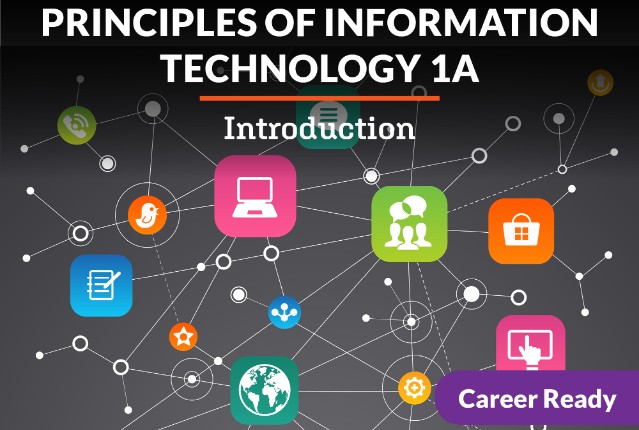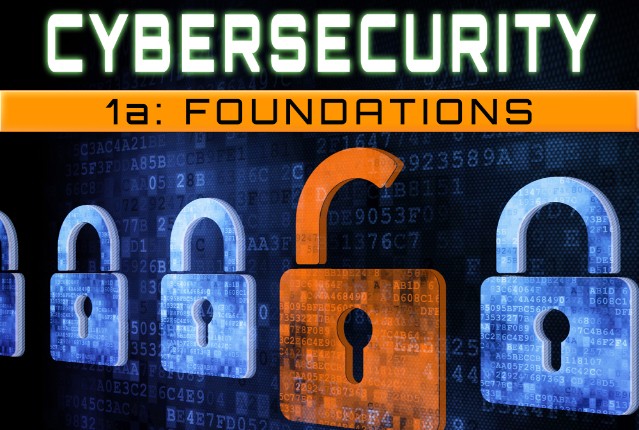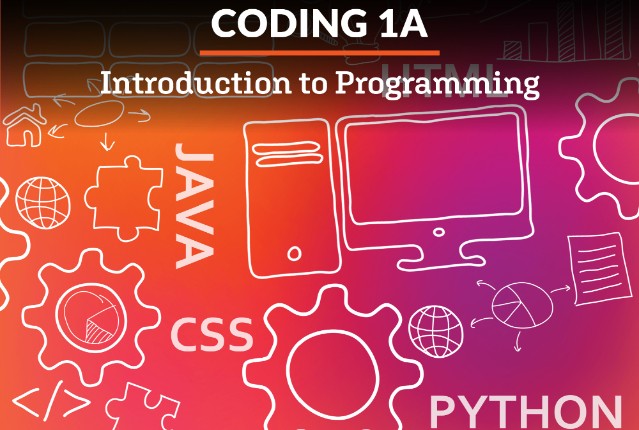
Coding 1b: Programming
Let’s continue to cultivate an understanding of programming languages and expand on website development. You will learn the difference between web development and web application development as well as further explore Advanced Python, HTML, and JavaScript. You will also examine software engineering concepts, learn more about security, privacy, and ethics in technology, and explore the wide variety of careers in computing.
Review course outlineAccess for a year
USD 299.00*
* Choose more courses to get a discount




